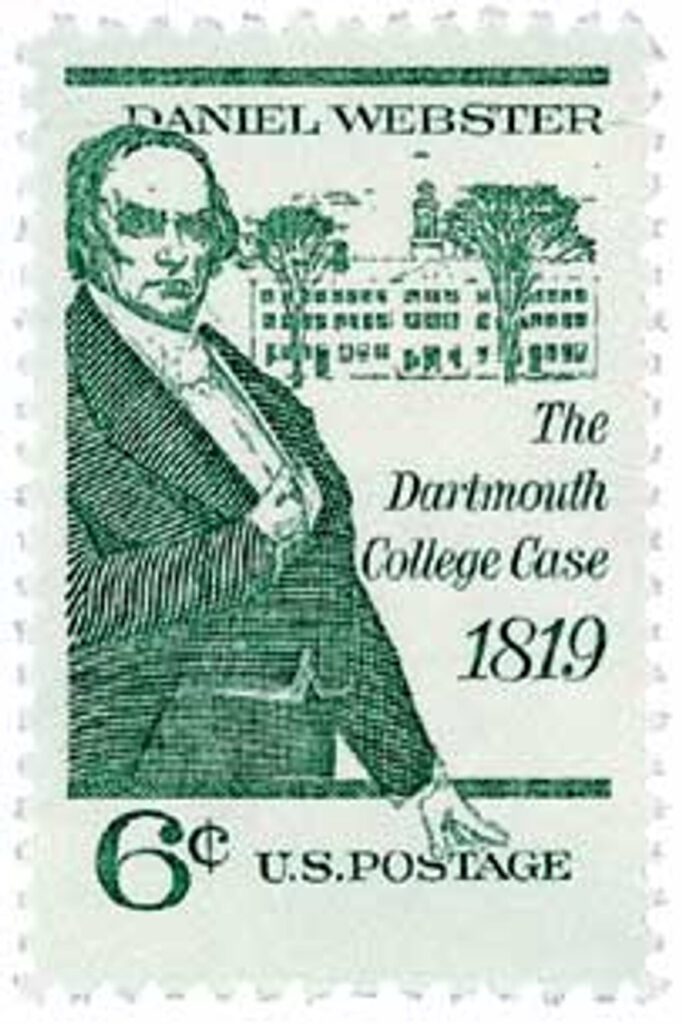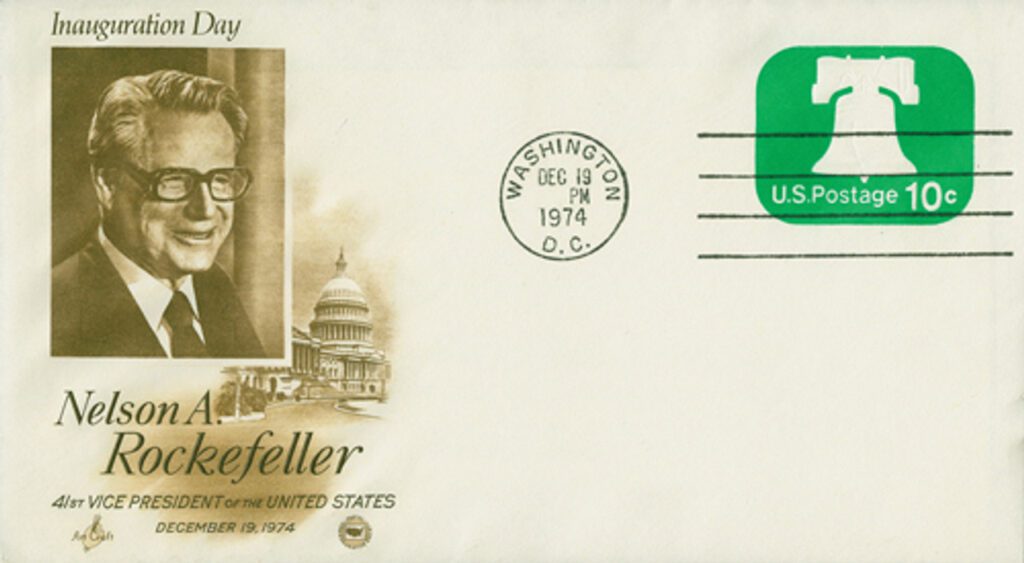On December 13, 1769, Dartmouth College received its charter.
The man responsible for the establishment of Dartmouth was Connecticut Congregational minister Eleazar Wheelock. Prior to opening Dartmouth, Wheelock hoped to open a school to train Native Americans to become Christian missionaries. He eventually founded Moor’s Indian Charity School in 1755, but soon needed additional funds to keep the school open.
In 1766, Wheelock sent representatives to England to raise money among the churches there to provide for his school. Among the supporters of this cause, and head of the trust, was William Legge, 2nd Earl of Dartmouth. This trip proved fruitful and Wheelock had more than enough funds for his school. However, he soon found that the school’s location in Lebanon, Connecticut, was too far away from the Native American territories.
Wheelock then decided to expand the school into a college and move it to Hanover, New Hampshire. Though it was a struggle to move the school, Wheelock eventually got the support he needed and received the land for the school from New Hampshire’s Royal Governor, John Wentworth. And on December 13, 1769, he received the school’s official charter in the name of King George III. The charter declared that in order “to encourage the laudable & charitable design of spreading Christian Knowledge among the Savages of our American Wilderness” that the college was established “for the education and instruction of Youth of the Indian Tribes in this Land in reading, writing & all parts of Learning which shall appear necessary and expedient for civilizing & Christianizing Children of Pagans as well as in all liberal Arts and Sciences and also of English Youth and any others.” The charter specifically mentioned educating Native American youth so that the new college could be connected to and spend unused funds from the Charity School.
Wheelock’s new college was named after William Legge, 2nd Earl of Dartmouth. While Dartmouth had supported Wheelock’s plans for the Native American school, he opposed the idea of the new college and never donated any money to it. However it was named after him anyway and granted its first degrees in 1771. Dartmouth was the ninth and final college established in America under colonial rule.
When Dartmouth was first founded in 1769, its charter declared it to be a private school “forever.” When the states became independent, they agreed to abide by the rights and privileges of such charters. Then in 1816, New Hampshire attempted to make Dartmouth a state university by negating its charter. The issue went all the way to the Supreme Court.
The Dartmouth College Case, also called Dartmouth College v. Woodward, marked a pivotal decision in the development of America’s free enterprise system and its laws concerning private property. The Supreme Court decided this case in 1819 in favor of Dartmouth College. A graduate of the college, Daniel Webster, presented the case for Dartmouth College. Historians regard Webster’s argument for the case as one of his finest. As a result of this case, states now put time limits and other provisions in charters to allow cancellation under appropriate circumstances.
Today, Dartmouth is one of the highest-ranking universities in the country. Its graduates include 79 Rhodes Scholars, 14 Pulitzer Prize winners, 24 US governors, 3 Nobel Prize laureates, a US Supreme Court chief justice, and several MacArthur Genius fellows.
| FREE printable This Day in History album pages Download a PDF of today’s article. Get a binder or other supplies to create your This Day in History album. |
Discover what else happened on This Day in History.







FYI- A lot of the links to your pictures are not working, a matter fact, most of them, there are very few that work on your daily emails.
Suggest updating your links.
I love the history, especially the history of these published stamps. Please fix so I can see the pictures. If the pictures are not showing it is likely that I will not share the article.